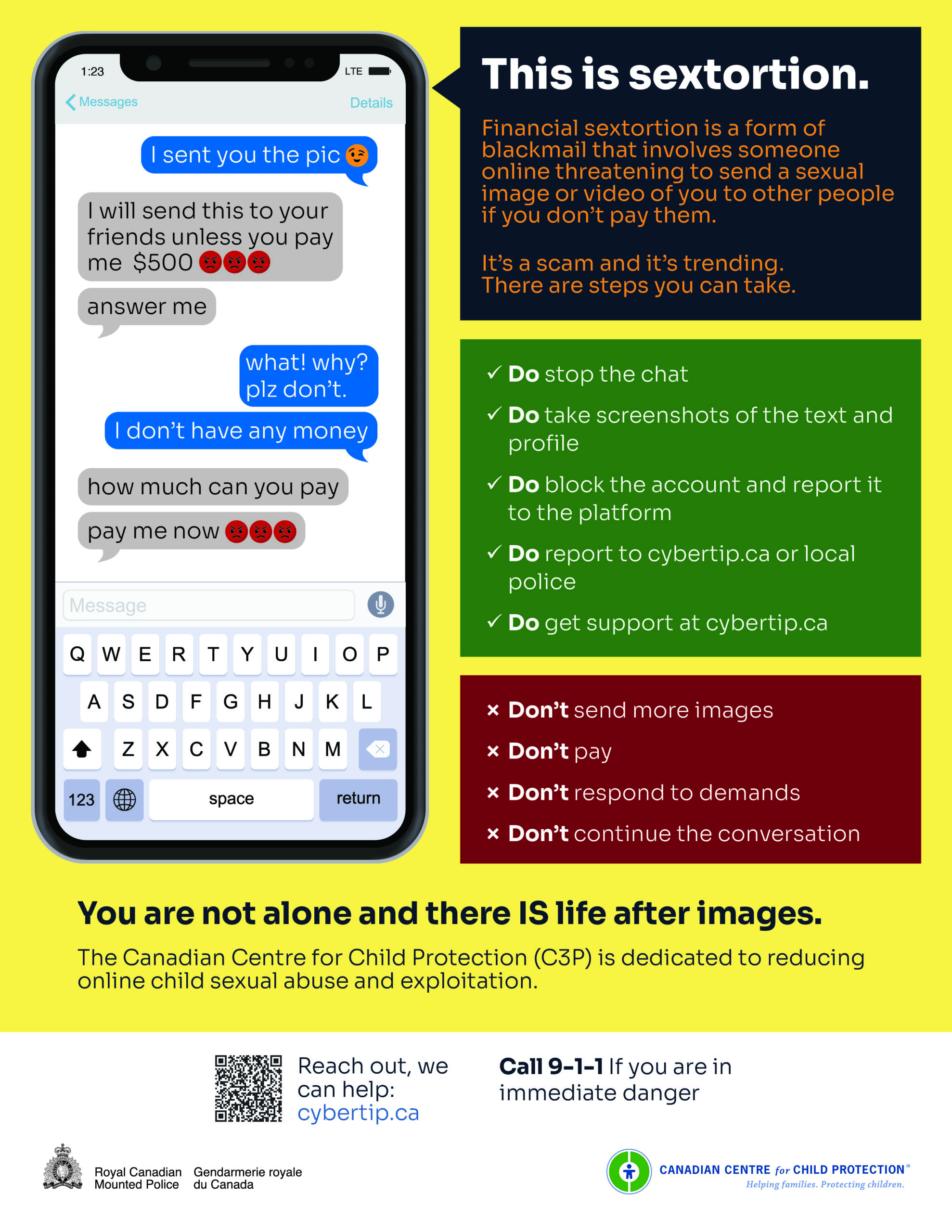Cyberviolence
Cyberviolence
Sexual violence exists and thrives online, just as it does off. When sexual violence is perpetrated on the Internet, on social media, using a smartphone or other electronic device, via text message or email, it can be called cyberviolence, cyberbullying, cybermisogyny and/or technology-facilitated sexual violence. Cybermisogyny also includes online stalking and hate speech, rape, and death threats (often aimed at outspoken women, trans femmes, feminists, and people of colour.)
Unfortunately, there have been several local high-profile instances of technology-facilitated sexual violence in recent years.
In 2013, Rehtaeh Parsons, a 17-year-old Dartmouth woman, died by suicide. In 2011, Rehtaeh told her parents that she had been sexually assaulted at a party and that a photo of it had been shared electronically amongst her peers. For over a year, Rehtaeh was continuously harassed, slut-shamed, blamed, and bullied online.
A year later, the public learned of a Facebook group made up of 13 male Dalhousie University Dentistry Students, in which members made misogynist, homophobic, and sexually violent posts, including about their female classmates.
Both garnered international attention and outrage. Rehtaeh’s story was one of the catalysts for Nova Scotia’s Sexual Violence Strategy and led her parents Glen and Leah to create both the annual walk to “Rae’s Awareness about Sexualized Violence” and the Rehtaeh Parsons Society.
Technology-facilitated sexual violence can manifest in several ways including:
- Unsolicited/unwanted sexts. A sext, or sexual text message, can include pictures of nude (or partially nude) bodies or body parts.
- “Revenge porn” — The non-consensual sharing of sexual images with the intent of getting revenge, usually following a rejection or break-up. 90% of victims/ survivors of revenge porn are women.
- Sharing sexual images of another person without their permission. This includes forwarding or showing others a sexual picture that was meant to be private. It is illegal to share “intimate images of a person” without their consent, regardless of age
"AI-generated fake nude photos of girls from Winnipeg school posted online"
Canada's tipline for reporting online child sexual abuse and exploitation
Growing and alarming forms of tech-facilitated sexual violence continue to emerge as technology changes. There has been a sharp increase in the overall online victimization of children. Offenders are intensifying control tactics, increasing the use of humiliation, and using multiple accounts to target youth. For example:
- Sextortion is when someone online threatens to send a sexual image or video of you to other people if you don’t pay them or provide more sexual content. It is blackmail.
- Virtual reality (VR) where virtual representations (or avatars) are used to facilitate sexual communication or engage in representations of sexual acts.
- Deepfake image and video based sexual violence uses advanced artificial intelligence (AI) to create deceptive and non-consensual sexually explicit content.
